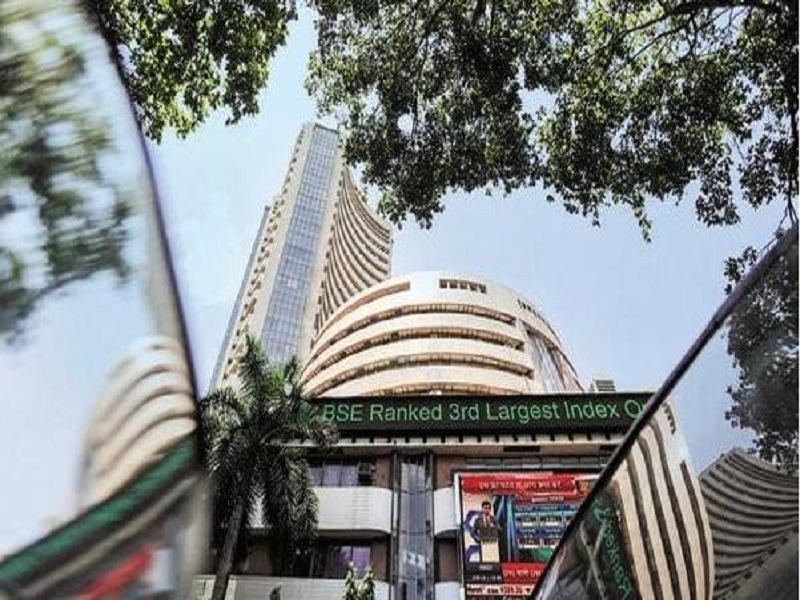India's economic growth falls for a third successive year, fiscal deficit widens to 4.6%
Published On: Saturday, May 30, 2020 | By: Team KnowMyStock

The central govt has officially admitted that the fiscal deficit last year was as large as 4.6 percent of gross domestic product (GDP), much wider than the 3.8 percent provided in the Budget presented in February earlier this year. On the economy front, the provisional estimates released on Friday showed that the rate of growth in India’s GDP fell steeply to 4.2 percent in 2019-20 from 6.1 percent in 2018-19. Look at it another way, the rate of growth for India’s GDP has more than halved in just three years – from 8.2 percent recorded in 2016-17, the year of demonetization. There was no respite in 2017-18, either, when the GDP grew by only 7 percent.
The fall in the growth rate in 2019-20 would have been sharper, but for a rebound in agriculture and government expenditure. Agriculture growth bounced back at 4 percent, almost double the rate in 2018-19, and public administration, defence and other services saw double-digit growth of 10 per cent, compared with 9.4 per cent in 2018-19.
Manufacturing and construction in 2019-20 showed poor growth numbers, at 0.03 per cent and 1.3 percent, respectively – down from much higher numbers of 5.7 per cent and 6.1 per cent – in the year-ago period.
Gross fixed capital formation (GFCF), which indicates the level of investment activity in the economy, was down to less than 30 percent of real GDP. Compared to 2018-19, GFCF saw a contraction of 2.8 percent, highlighting the deeper problems underlying the slowdown. Even private final consumption expenditure grew at a lower rate of 5.3 per cent in 2019-20, against 7.3 percent in the previous year.
How much COVID spoiled the economy?
Earlier government estimates had suggested that India’s GDP would grow by 5 percent in 2019-20. The first three quarters of last year had given an annualised growth rate of only 4.6 percent. Thus, the fourth quarter had to produce a growth rate of 5.4 percent to fulfil an annual growth rate of 5 per cent.
But, as the latest figures show, the fourth quarter saw only 3.1 percent growth. On a quarterly basis, the manufacturing and construction sectors showed contraction, pulling down the overall growth rate, but agriculture, mining, and electricity came up with better numbers.
The impact of Covid-19 in the month of March and the lockdown must have taken a heavy toll on growth in the fourth quarter. If growth with only one month of the fourth quarter experiencing the COVID shock could slip to 3.1 per cent, then one can easily sense the kind of huge contraction the economy would suffer in the first quarter of 2020-21.
The provisional estimates of the government’s revenues and expenditure during 2019-20 show that the total fiscal deficit is now estimated at Rs 9.37 trillion, compared with the revised estimate of Rs 7.67 trillion. Since the revised nominal size of the economy for 2019-20 has been scaled down marginally from the earlier estimate of Rs 204 trillion to Rs 203 trillion, the fiscal deficit widened to 4.6 percent GDP – the biggest slippage seen in recent times. How this would impact the government’s revenues and the fiscal deficit target for 2020-21, only time will tell.
Tags: Indian economy fiscal deficit GDP
We are on Telegram!
JOIN our telegram channel to receive updates on Financial News and Stock and FNO Tips.
Click Here!
Follow Us On:






